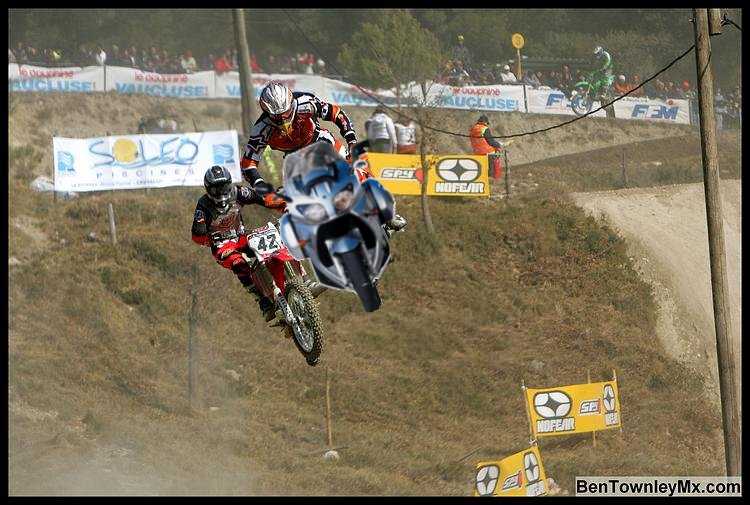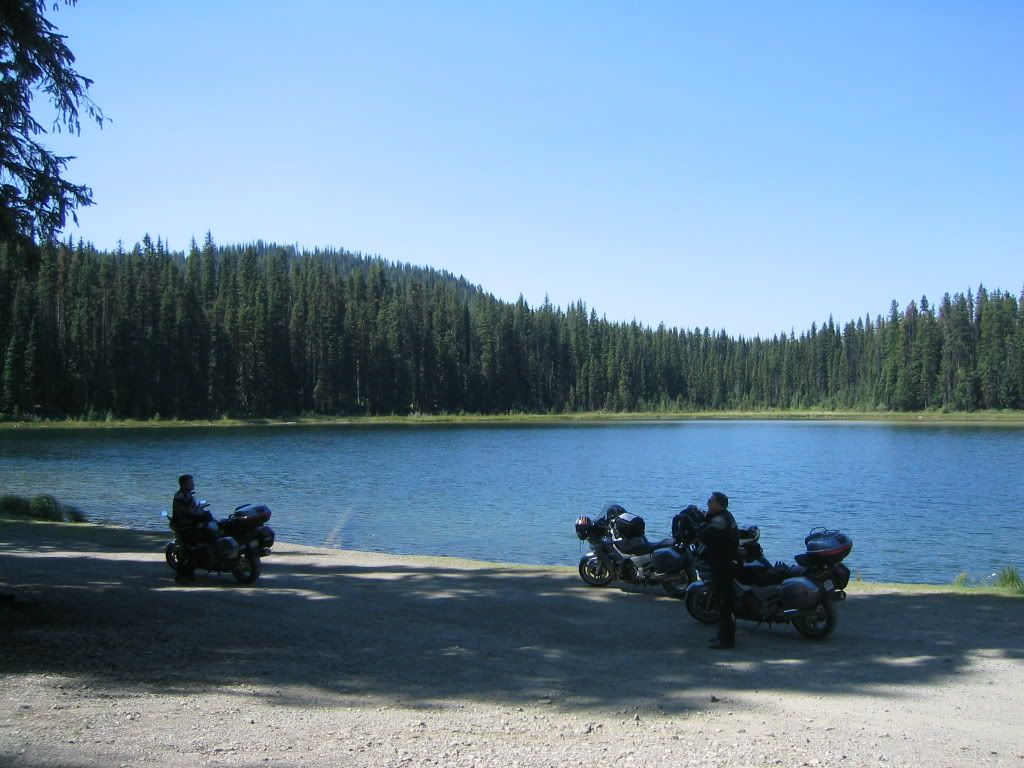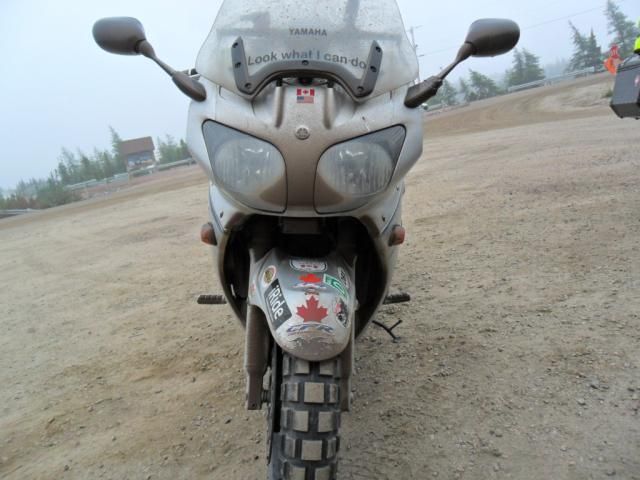exskibum
~<>~<>~<>~<>~
Gonna have to diasgree with you here and agree with Tom. If you're talking about road racers and street riders, it IS the inside peg that is weighted. The more you weight the inside peg, the more turn you get out of the bike for the same lean angle. Very stable tracking feeling that gives you a maximum of margin to press the bike lower if the radius of your turn must decrease.I would disagree with a few things.Actually I use to think this also but reading a lot about what racers do in corners is they lean to the inside (unlike dirt bikes) but they still weight the outside peg. Yep, sounds weird and is hard to get use to but that is what they do...
Rather than argue the point from my own experience, though, here's what Nick Ienatsch says about it: "Weight the inside foot peg and lead with your helmet's chinbar to mimic the racers' technique to get their bike transitioned from left to right with minimal difficulty." (Sport Riding Techniques, Ienatsch 2003, at p. 45). By way of reference, Kenny Roberts wrote the forward to the book, in which he says "I wholly endorse this book" before noting that it "is the culmination of the attention [ienatsch] has paid to the techniques for success."
Not to be confusing, but weight is usually on both pegs as you move your body, but initiating a turn at speed and riding it through to the point where you begin to transition to straight or the other direction, it is the inside peg that's weighted.
Last edited by a moderator:





































































